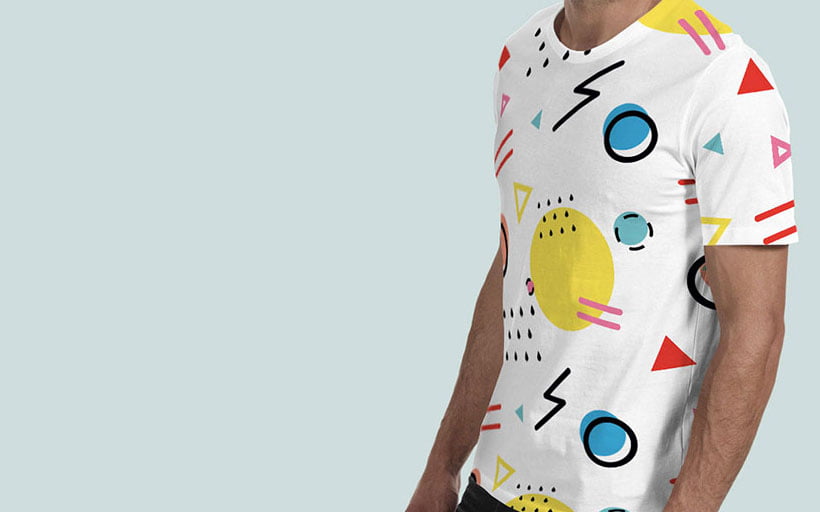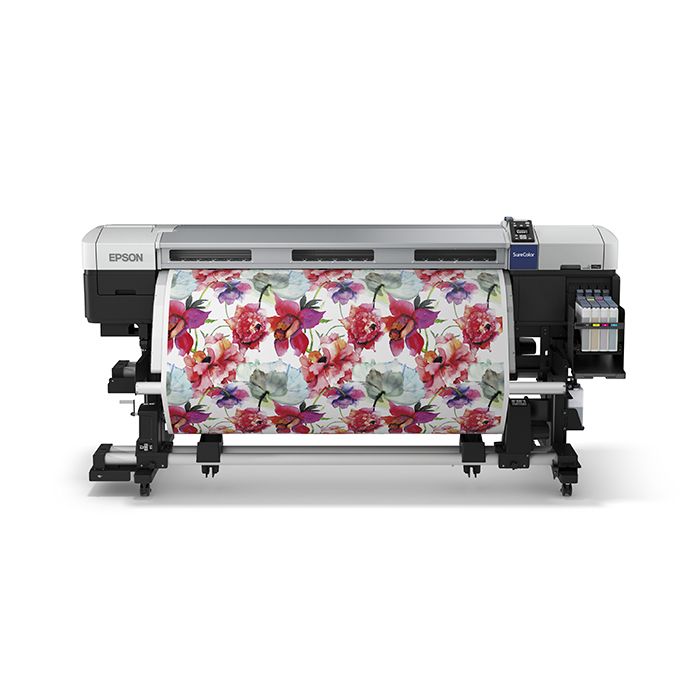The Ultimate Guide to Sublimation Printing for Customized Clothing
The Ultimate Guide to Sublimation Printing for Customized Clothing
Blog Article
From Standard to Digital: Understanding the Advancement of Towel Printing
The makeover of fabric printing from conventional techniques like block printing and resist coloring to contemporary techniques such as screen and electronic printing notes a considerable change in the fabric sector. Traditional approaches, soaked in artisanal craftsmanship and social value, have actually gradually paved the way to digital advancements that provide unmatched precision, performance, and personalization. This shift not just enhances manufacturing capacities but likewise lines up with growing demands for lasting methods. How do these advancements influence the essence of towel printing, and what might the future hold for this ever-evolving craft?
Traditional Towel Printing Methods
In the beginning of textile manufacturing, standard fabric printing approaches worked as the keystone of material style, using both performance and artistic expression. Strategies such as block printing, resist dyeing, and stenciling were meticulously established and improved over centuries, each adding unique sensible applications and visual qualities to the material market. Block printing, one of the earliest methods, involved carving complex designs into wood blocks, which were then dipped in dye and pressed onto fabric. This labor-intensive process enabled the repetition of in-depth patterns, showcasing the artisan's skill and creativity.
Stand up to dyeing, consisting of methods like batik and tie-dye, utilized wax or various other compounds to stop color from passing through particular areas of the material. This technique created striking contrasts and detailed layouts, frequently imbued with social importance. Stenciling, another conventional technique, entailed cutting patterns right into a material and applying dye through the openings, offering an easier yet efficient means to create repetitive layouts.
These conventional approaches not only shaped the textile market's very early development but also prepared for future advancements. Each method mirrored the regional and cultural characteristics of its origin, maintaining and distributing artisanal expertise via generations.
The Surge of Display Printing
How did screen printing transform the landscape of fabric style? The introduction of display printing in the early 20th century marked a considerable departure from standard techniques, providing unprecedented versatility and efficiency. This technique entails pressing ink through a great mesh screen that has been stenciled with a style, permitting high accuracy and consistency. Display printing enabled developers to create detailed patterns and vivid colors on materials, which were formerly testing to achieve with block printing or hand-painting approaches.
Among the vital benefits of screen printing is its capability to reproduce intricate designs widespread with remarkable integrity. This scalability made it profoundly prominent in the industrial fabric sector, where mass manufacturing without giving up quality is critical. Display printing accommodates a broad variety of inks and dyes, broadening the combination of textures and finishes available to designers.
In addition, the process is highly versatile, suitable for various material types including cotton, silk, and synthetics. This adaptability, integrated with its cost-efficiency for large runs, solidified display printing's role as a cornerstone of modern-day textile production. Thus, the rise of display printing transformed the industry, pressing the limits of what was feasible in textile style.

The Arrival of Digital Printing
Building on the amazing improvements brought by display printing, the fabric sector additional resources experienced an additional groundbreaking advancement with the advent of electronic printing. Emerging in the late 20th century, digital printing revolutionized the way layouts are transferred onto textiles, using unprecedented adaptability and performance. Unlike standard methods, which commonly required substantial arrangement and significant hand-operated treatment, electronic printing uses computer-aided style (CAD) innovation to produce intricate patterns directly onto the textile with high precision.
This technology has allowed textile producers to satisfy the growing demand for modification and on-demand production. By eliminating the requirement for plates and screens, digital printing decreases and lowers lead times material waste, making it a much more lasting alternative. The capacity to print intricate photos and a vast array of colors in a single pass has opened new imaginative avenues for designers, promoting a rise in imaginative expression within the market.
Furthermore, electronic printing supports smaller sized batch manufacturing runs, which is particularly useful for specific niche markets and start-up fashion brand names. This technological check here jump has not only boosted operational performance but additionally democratized accessibility to high-grade textile printing, establishing the stage for future advancements in fabric style and production.
Contrasting Techniques: Traditional Vs. Digital
While both standard and electronic printing techniques have their own special advantages, they differ significantly in terms of process, effectiveness, and environmental impact. Traditional cloth printing, encompassing techniques like block printing and display printing, entails manual labor and elaborate craftsmanship.
In comparison, digital printing uses sophisticated innovation to transfer styles directly onto fabric utilizing inkjet printers. Digital printing is considerably much faster, allowing for fast turnarounds and just-in-time manufacturing, which decreases the demand for large inventory storage.
From an environmental viewpoint, digital printing is typically extra sustainable. It makes use of less water and generates minimal waste contrasted to traditional techniques, which often include extensive washing and coloring procedures. As a result, electronic printing is increasingly favored in a period where environmental considerations are extremely important.
Future Patterns in Towel Printing
As the textile industry remains to progress, future fads in cloth printing often aim towards greater combination of modern technology and sustainability. One significant trend is the enhanced application of digital printing modern technologies. These advancements enable higher precision, quicker manufacturing times, and the capacity to create complex designs that were when difficult with typical approaches. Digital fabric printing is anticipated to control the marketplace, driven by its efficiency and adaptability to consumer demands for personalized and limited-edition products.

Additionally, the unification of smart fabrics, which integrate digital components into materials, is readied to change the market. These fabrics can supply added capabilities such as temperature law, health and wellness surveillance, and interactive features. As modern technology continues to breakthrough, the junction of digital printing and wise fabrics will open brand-new avenues for useful and creative applications in fabric printing.
Final Thought
The evolution of cloth printing from standard approaches to digital developments content marks a significant transformation in the textile industry. While typical techniques highlight artisanal craftsmanship and cultural heritage, digital printing uses unrivaled precision, effectiveness, and modification. This change not just boosts production capabilities but also supports sustainability efforts. Future patterns are most likely to proceed incorporating innovative modern technologies, further redefining textile design and production processes to meet ecological factors to consider and modern needs (heat transfer vinyl printing).
The makeover of towel printing from standard methods like block printing and stand up to dyeing to modern methods such as screen and electronic printing marks a substantial shift in the fabric industry. Display printing enabled developers to create intricate patterns and vivid shades on textiles, which were previously testing to achieve with block printing or hand-painting approaches.
Building on the exceptional advancements brought by display printing, the textile sector experienced another groundbreaking advancement with the arrival of digital printing. screen printing. Traditional towel printing, including techniques like block printing and screen printing, entails manual labor and complex workmanship. As innovation proceeds to breakthrough, the crossway of electronic printing and clever textiles will open up brand-new avenues for useful and creative applications in fabric printing
Report this page